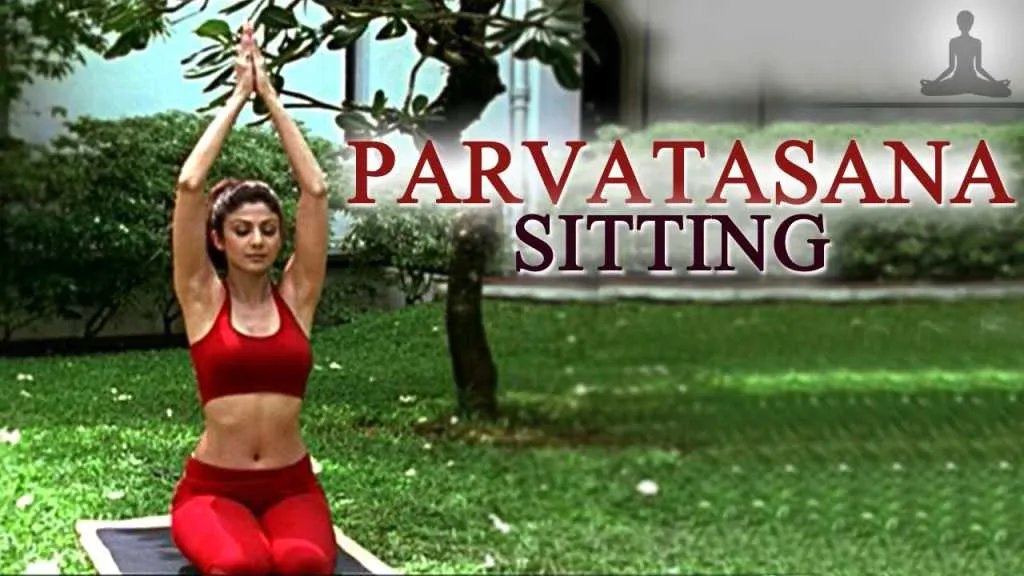Yoga practice consists of many poses or asanas and each pose has its own benefits and limitations. Parvatasana or mountain pose is one such popular pose especially known for its height increasing feature. The name comes from the resemblance of the pose with a mountain. This pose is very easy to perform and the effects can be seen within minutes. It releases the stress in the body and revitalizes it by affecting the physical and mental aspects of the body.
Here we will discuss the benefits and some limitations of this pose:
Benefits of Parvatasana
- It gives a full body stretch which improves the blood circulation around the body.
- It reduces mental fatigue while improving the memory and concentration by improving the blood circulation in the brain.
- It makes you alert and attentive if you are feeling bored, sleepy or losing interest in doing work.
- It improves your mental efficiency and makes you more optimistic.
- It is good for athletes and other sportsmen because it stretches every muscle of the body from head to toe.
- It strengthens the weak muscles of the body and thus prevents any injury.
- It reduces muscle pain, especially in back and neck regions.
- It tones the core muscles and also improves the health of internal organs.
- It helps in reducing the respiratory problems like asthma.
- The regular practice of this pose prevents the potential onset of muscles and joint related problems such as carpal tunnel syndrome, rheumatic stiffness, and arthritis.
- It also helps in stimulating the synthesis of growth hormone and thus helps in gaining height naturally.
- It is helpful in weight loss by reducing the extra fat deposited at the back and waist.
When it should be performed?
It is not time bounded means you can perform it anytime, but it is more beneficial when done in the morning time as it keeps you refreshed whole day. You can practice it during your breaks, at evening or free time. You can perform this pose before your workout session to warm up the body and after the exercise to cool down and reduce any cramps.
How to perform it?
- Sit down on the floor in a cross legged position or sukhasana (Easy pose). You can also sit down by spreading the legs a little more than the hip width or in Padmasana (lotus pose).
- Bring your hands in front of you and interlock the fingers so that your palms are facing towards you.
- Breathe out and move your hands over your head. Keep your fingers interlocked and hands stretched upwards.
- Pull your torso in upward direction and stretch as much as you could.
- Hold this position for a little longer and breathe normally.
- Bring down your hands as in original position. Unlock your hands and keep them aside and stretch your legs in front of you and relax.
- Repeat the steps for 8 – 10 rounds.
Cautions
- Don’t lift the buttocks off the floor.
- Don’t bend the elbow or overstrain the knees.
- Keep a straight neck and avoid any forward movement.
- Avoid hunching of the back during sitting position.
Persons who are suffering from knee problems and reeling sensation should not perform this exercise.

